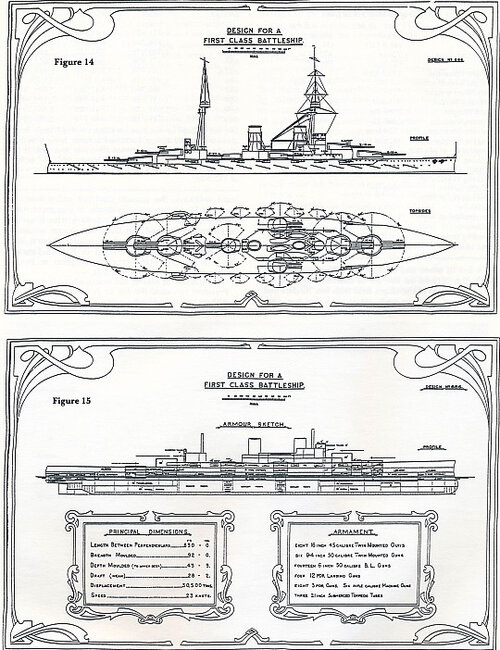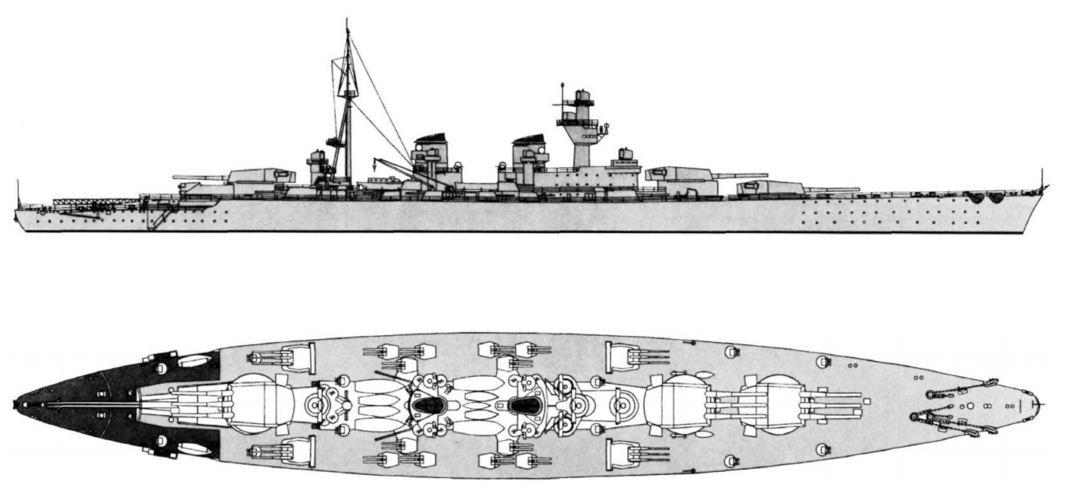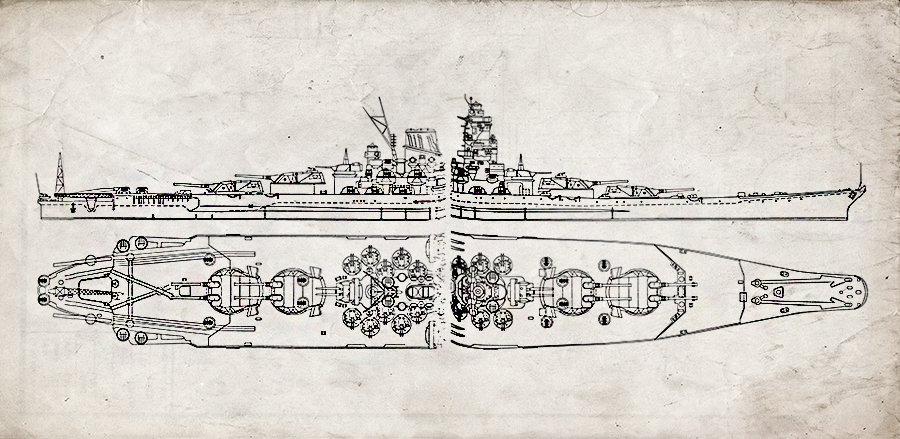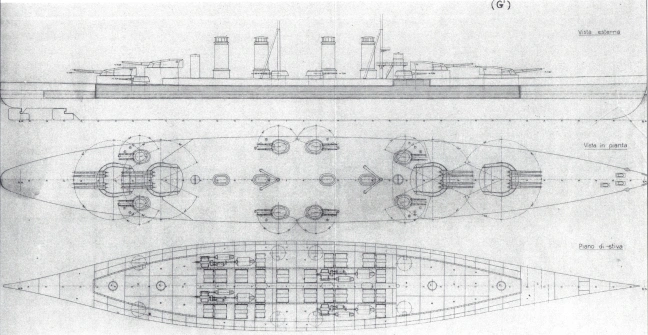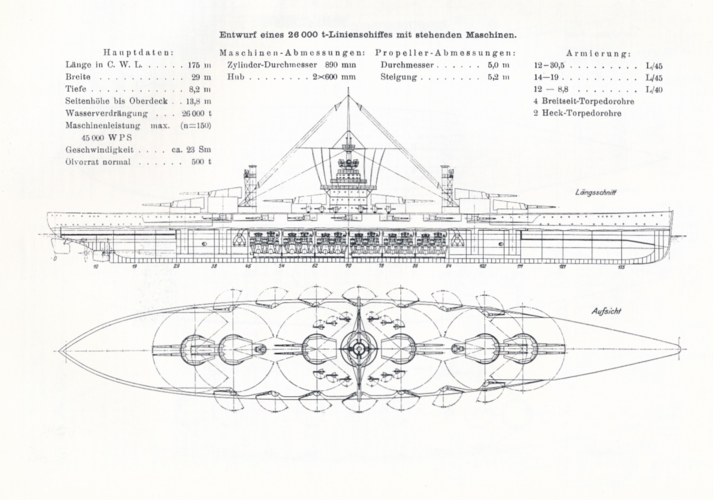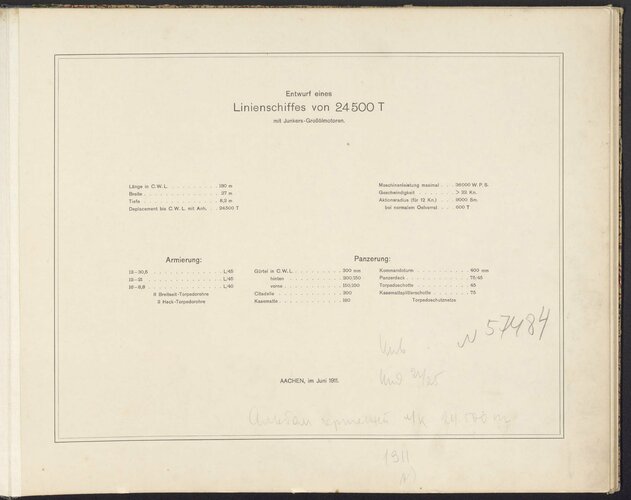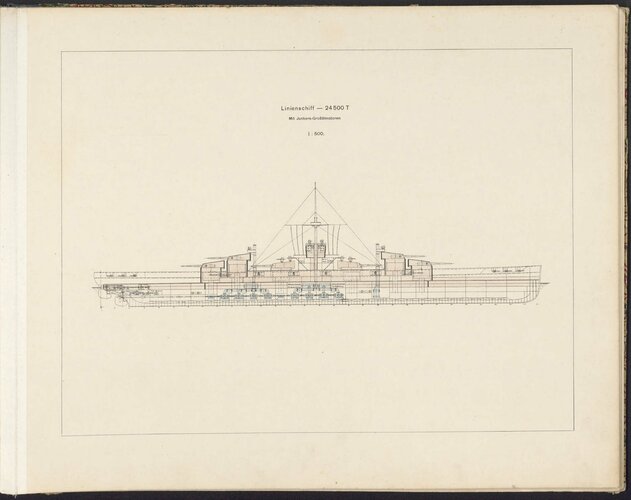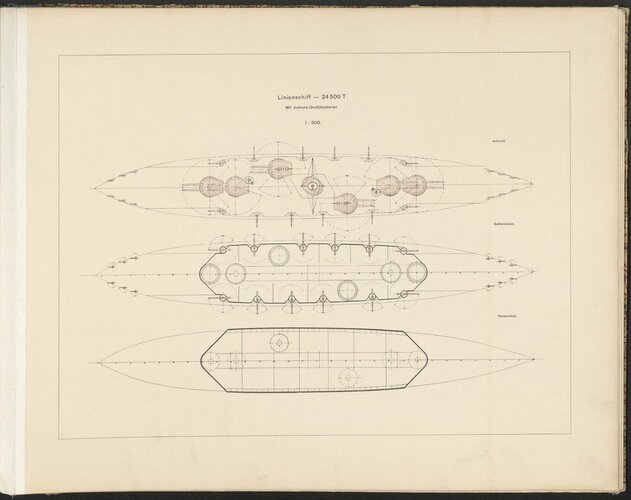Not sure how I missed this the first time.
Well when that battleship designed in 1912 most navies had 12" cannons but transition begun to 13,5-14" cannons. It is likely expected that such large calibre at that time would mean slow firing rate say close to 1 shell per minute hence the necessary larger secondary guns which could fire faster but still has a decent penetration ability.
That concept was more or less discarded with the dreadnoughts, they went to 5-6" guns for the secondary battery and replaced what used to be the secondary battery of ~9.2" or whatever with more 12" main battery guns.
The US 12"/50 Mk 7, as used in the Wyoming-class, has about a 22sec time of flight to 16,000 yards and a 30sec time of flight to 20,000 yards. That's right at the edge of "waiting for the shells to land" for the nominal rate of fire of 2-3 rounds per minute. Other 12" guns will have a slower time of flight, so the 3 rounds per minute rate of fire would be at even less than 16000 yards.
The US decided on 5"/38s for their DP secondaries, while the Germans went with split AA (88 or 105mm) and surface secondaries (155mm).
Post WW2, the US was looking at 5"/54 secondaries, instead of say, the 6"/47 DP guns used by the light cruisers.
Japanese "Super-Yamato" in its ultimate form allegedly was to be armed with 203mm secondaries.
View attachment 743356
Would not be too difficult, the Yamato class got the triple 155mm turrets from the Mogami class cruisers when the Mogamis were regunned with twin 8" turrets. Though I'd want two more turrets than are appearing on that drawing if possible. 6x2 8" turrets not 4x2.
Also from Italy, there were General Edgardo Ferrati's designs from 1915, some of which carried 170mm secondary guns in twin turrets. The main question is, what these guns would be, as no guns of such caliber ever existed in Italy.
I'd assume Krupp 17cm, but we all know what happens when you ass-u-me things...

